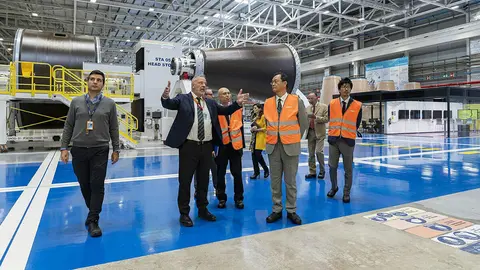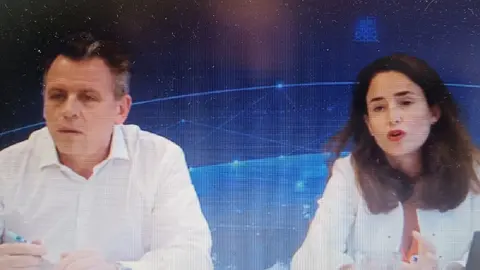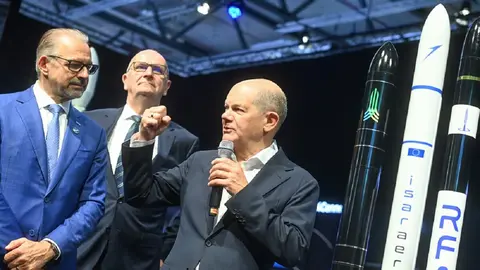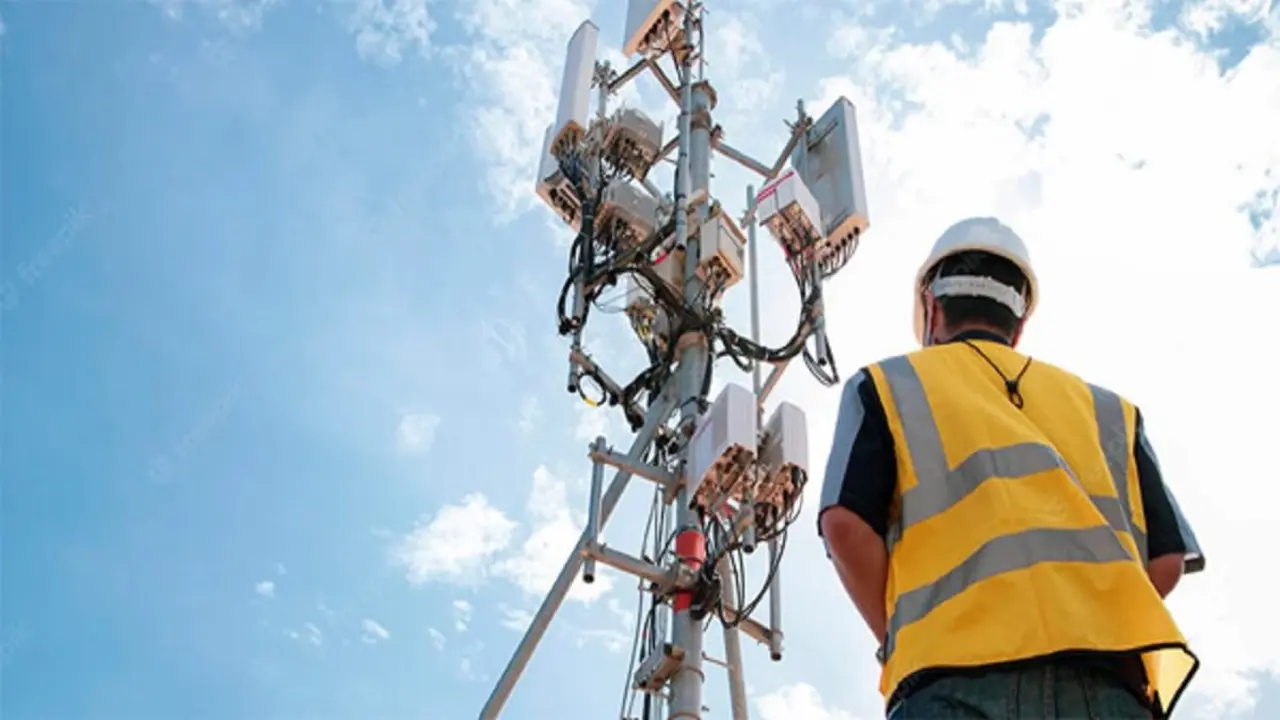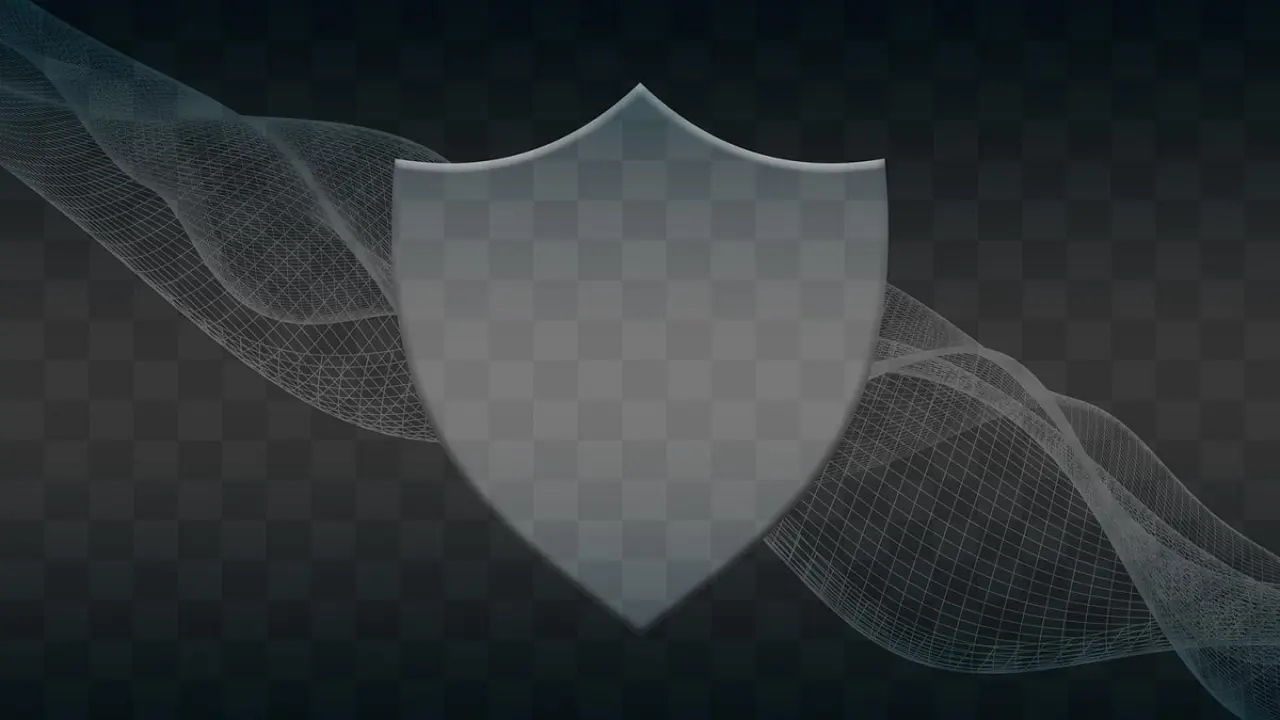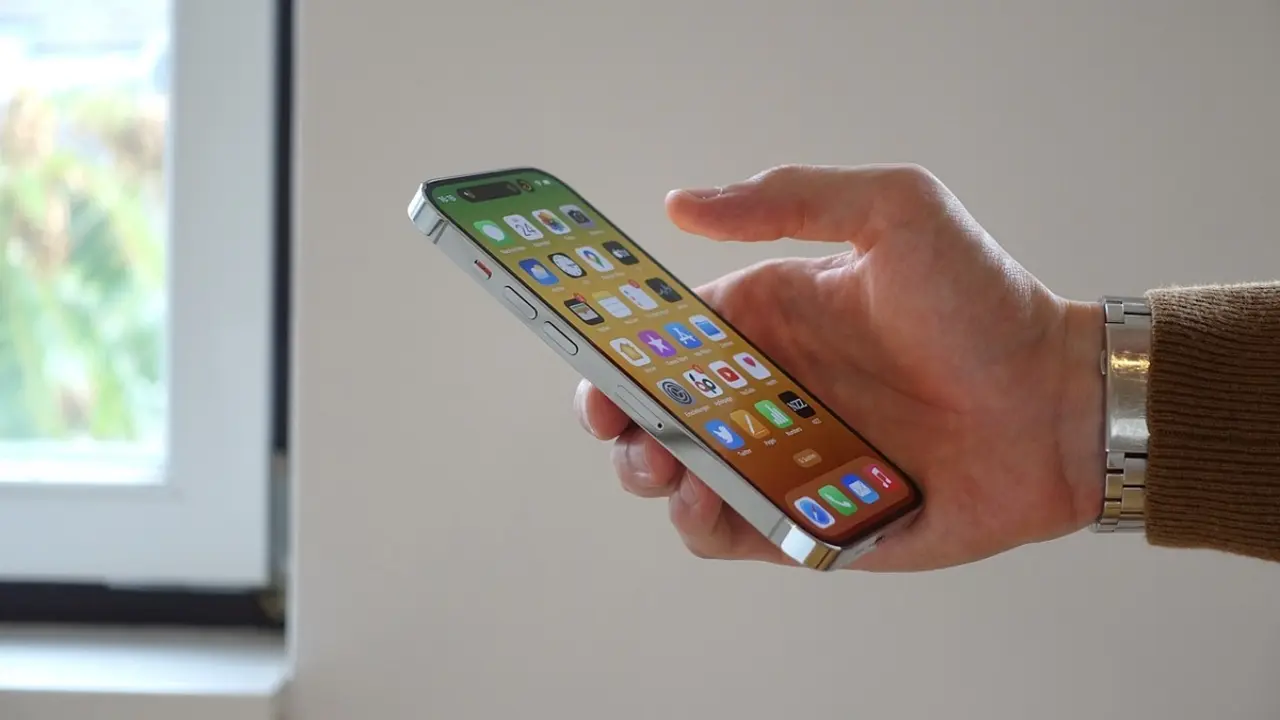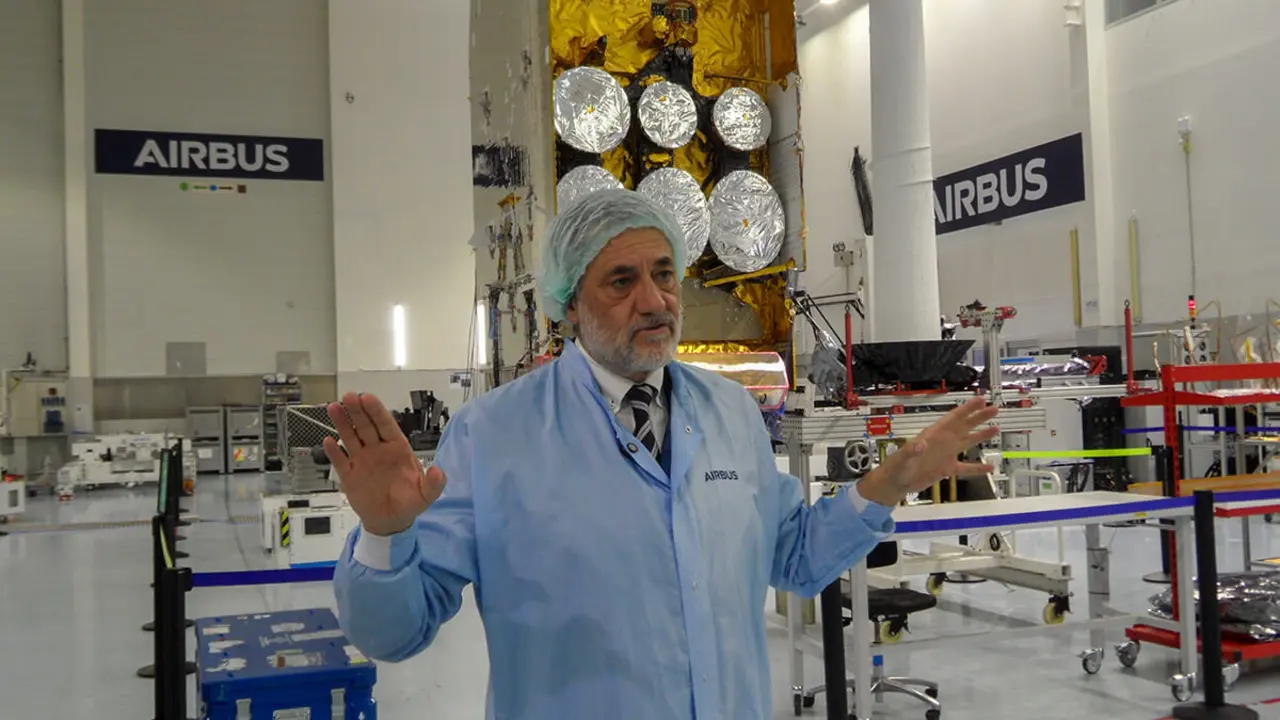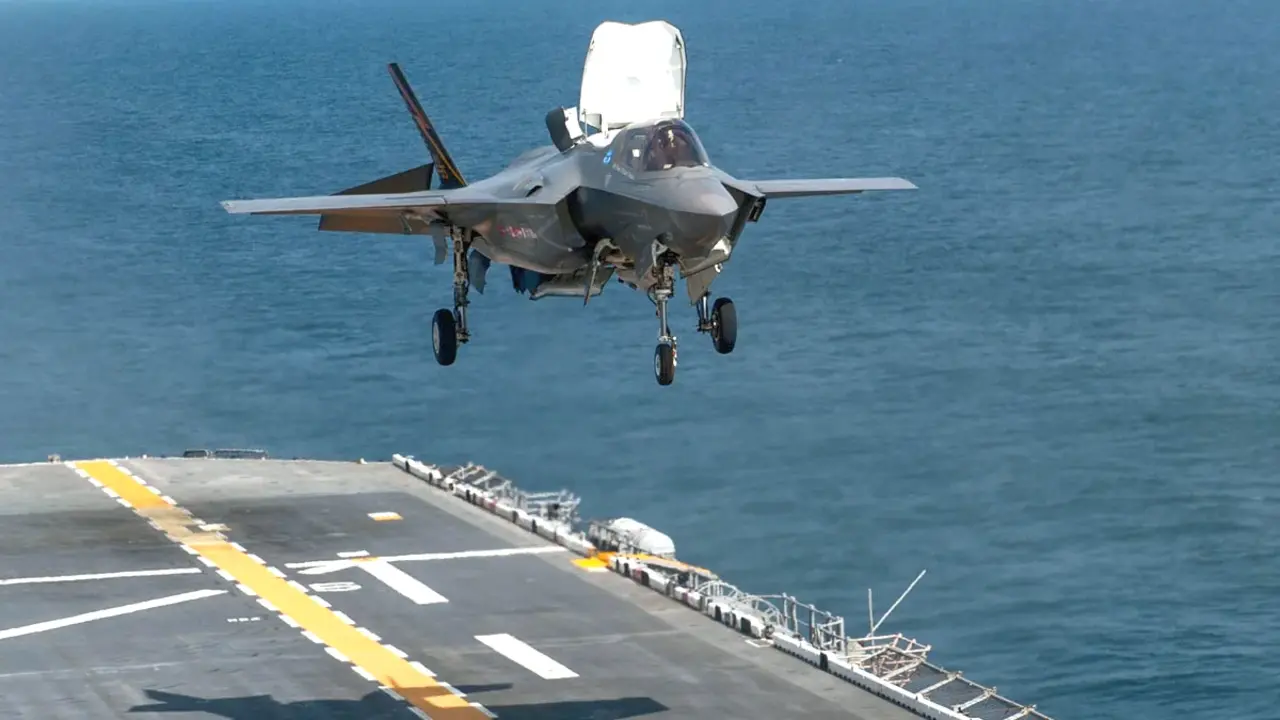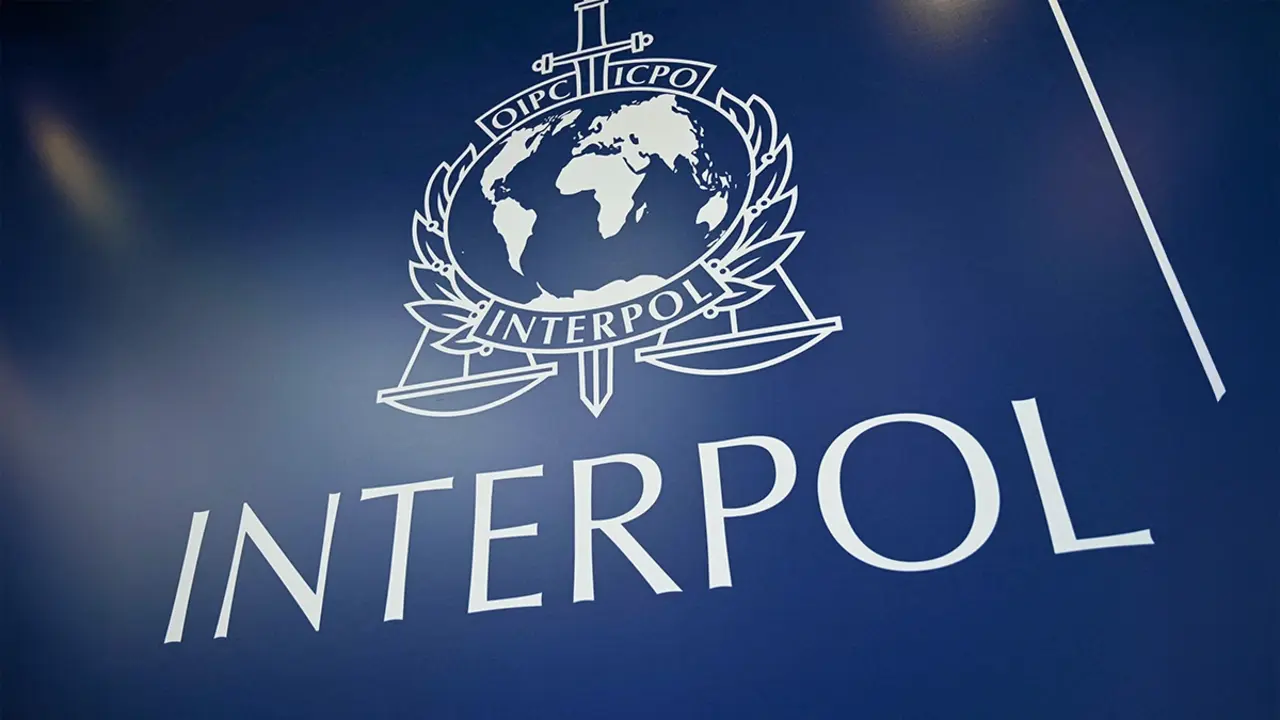Less than 48 hours to go before Ariane 6 restores European sovereignty of access to space
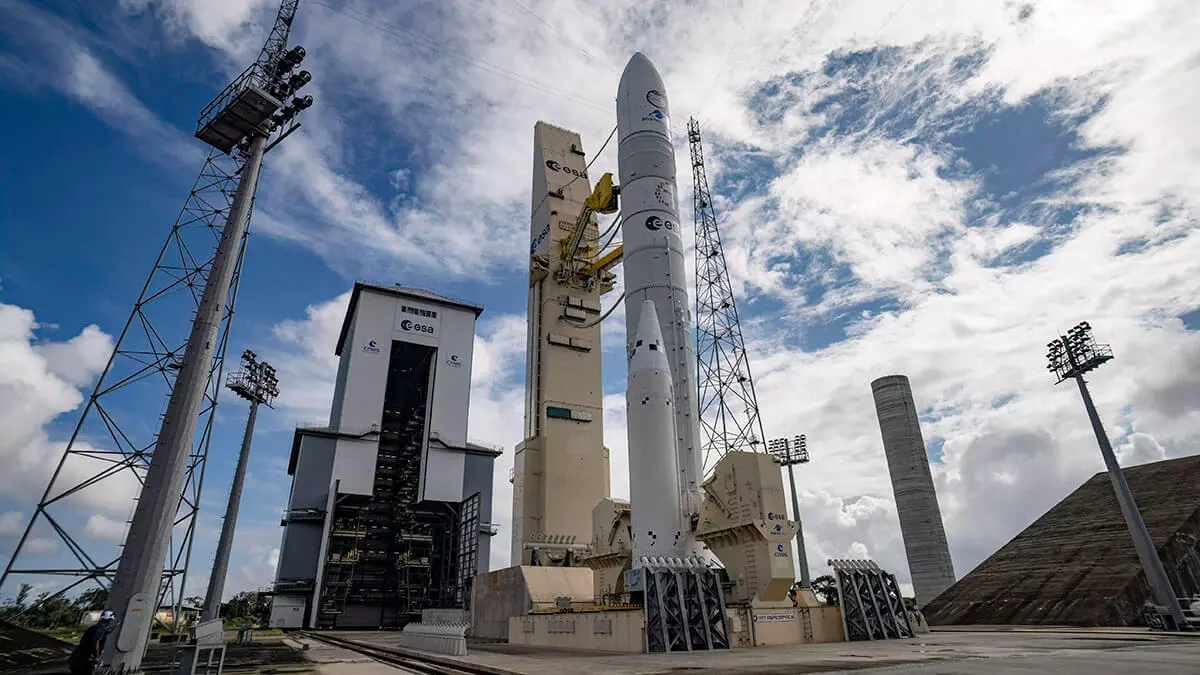
Huge expectation reigns worldwide around the imminent maiden flight of the European launcher Ariane 6, whose take-off has just been confirmed for less than 48 hours from now: Tuesday, 9 July, from 3pm in French Guiana, but already 8pm Spanish peninsular time.
Under the co-chairmanship of the Inspector General of the European Space Agency (ESA), the Italian Giovanni Colangelo, and the Agency's Director of Space Transport, the Danish Toni Tolker-Nielsen, the Commission responsible for conducting the so-called Launch Readiness Review has already given its final green light to the start of the countdown to liftoff.
Meeting at the Kourou space base and having examined the reports provided by those responsible for ensuring that the launch ramp, the launcher and the micro-satellites on board are in good condition, the Commission has verified that all the relevant simulations, tests and trials have been carried out and that there is nothing more that can be improved on the ground.
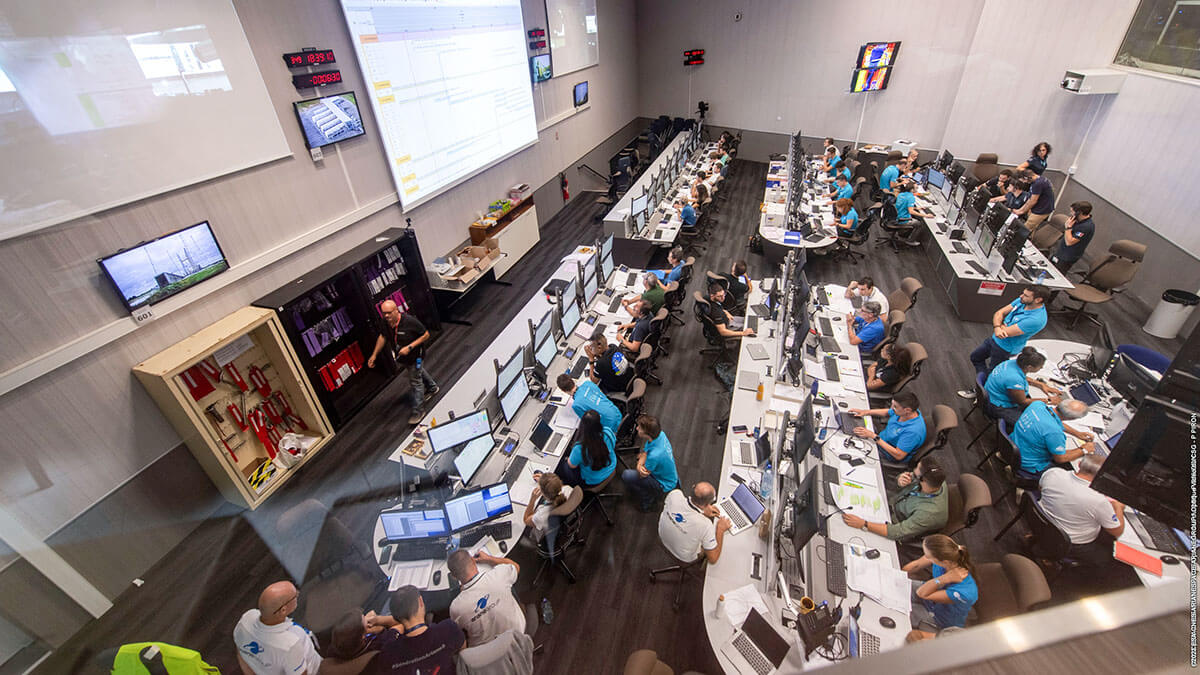
All that remains is for the powerful 8,400 KiloNewton thrusters to lift a rocket 56 metres high - the equivalent of a 20-storey building - and weighing 540 tonnes - like two large transcontinental aircraft - off the ground on 9 July at 8 p.m. in Spain, accelerate its ascent and demonstrate the know-how of European space engineers to all and sundry.
This is the key moment that the authorities in Brussels, ESA and the industry sponsors involved in the development of Ariane 6 are looking forward to, as are millions of amateurs and industry professionals from all five continents, who will also be watching the live satellite broadcast.
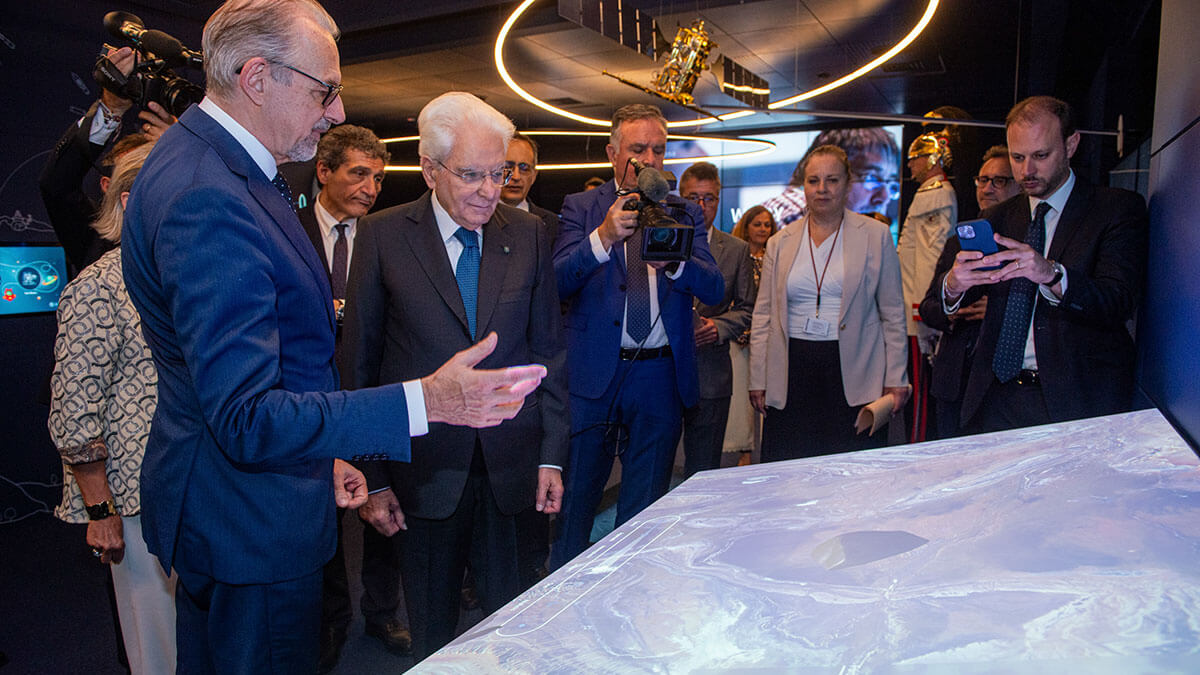
A flight of major importance
All the senior Spanish space executives consulted are convinced that the maiden flight of Ariane 6 "will be a success". The first to be optimistic is the director of the Spanish Space Agency (AEE), Juan Carlos Cortes. He is one of the Spanish authorities invited by the European Space Agency (ESA) to witness the historic launch in person, although his schedule prevents him from attending the event.
The ESA director, Josef Aschbacher of Austria, will be with his guests on 9 July in the VIP area of the Jupiter 2 Control Centre at the Kourou space base. From there, they will witness the tense moments before the rocket engines are ignited, the moment of liftoff and will see on large screens the parameters of the mission, which, if all goes according to plan, will last 2 hours, 51 minutes and 40 seconds.
For the director of the Spanish Agency, a great connoisseur of the national and international space sector, the importance of the Ariane 6 launch and its subsequent entry into service "is doubly important". The heir to Ariane 5 is designed "to guarantee Europe's strategic capacity to access space", and clarifies that "without such autonomy, the space industrial fabric of the countries of the European Union would not be able to develop and grow at the rate it has done so far".
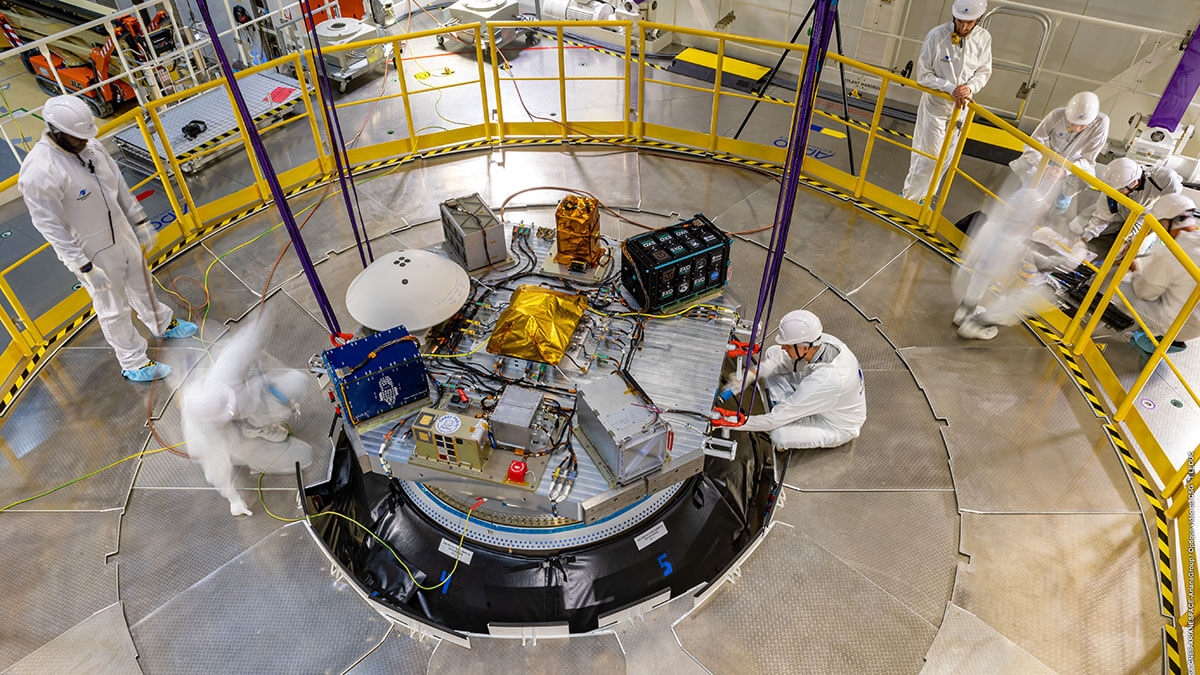
At the helm of ESA since mid-May, Cortés recalls that the Ariane 6 delay has plunged Europe into a "totally unbelievable" period. "It is true that if you don't have your own launcher, at first you use others. This is what has happened in Europe which, "not having Ariane 6 ready, has forced us to leave strategic European missions in the hands of the American company SpaceX".
And it was billionaire Elon Musk's Falcon 9 rocket that put two new satellites of the European navigation constellation Galileo into orbit at the end of April. "This must not be repeated," stresses Juan Carlos Cortés, "because in a competitive race, in the long term you end up suffering and running the risk of running out of space".

It has to work out well
For Diego Rodríguez, who has been Sener's Space Director since 2005, "confidence and hope in the success of the mission" are the words that resonate most among the broad group of managers, engineers, technicians, academics and professionals in the Spanish and European space sector. "But that does not detract from the fact that the companies involved in the development and manufacture of the rocket are confident, as well as worried, about the success of the flight. "Because it has to go well. I repeat, the first launch of Ariane 6 has to go well".
Another discerning opinion is that of Jorge Potti, vice-president for Space of the Spanish Association of Defence, Security, Aeronautics and Space Technology Companies, TEDAE, and current strategy director of GMV. As head of the space branch of the Spanish technology multinational for 13 years (2009-2022), he is of the opinion that "the most likely outcome of the first Ariane 6 mission is that it will go well".
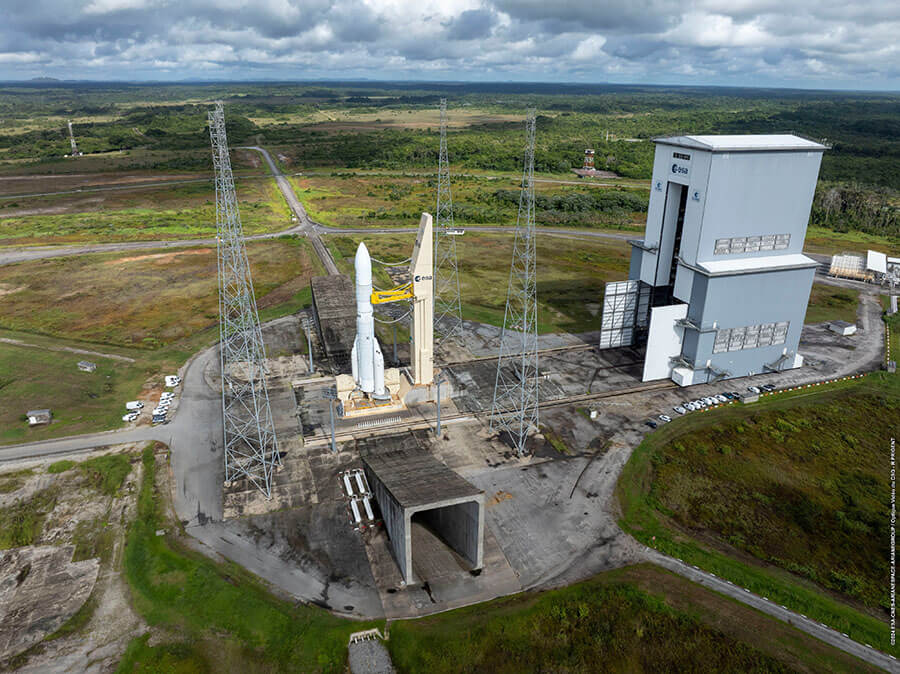
As a connoisseur of the European and global space ecosystem, he says that the maiden flight of Ariane 6 is "a crucial step" towards European sovereignty in terms of access to space. For the industry, it is "a return to a source of revenue that should drive further growth in the sector". In its national dimension, Potti believes that "it will be reflected in the companies contributing to Ariane 6 and in those involved in the ground segment and in operations in French Guiana".
The main Spanish company working in French Guiana, which can be said to be on the ground for Ariane 6, is GTD, which has around thirty technicians under the leadership of Elena Cal. The company's Operations Director, Ricardo Bennassar, says that there is "excitement and nerves", but he has "full confidence" in the good role that the first Ariane 6 will play. GTD has contributed in a "very relevant" way to the development of the ground segment of the new European rocket.
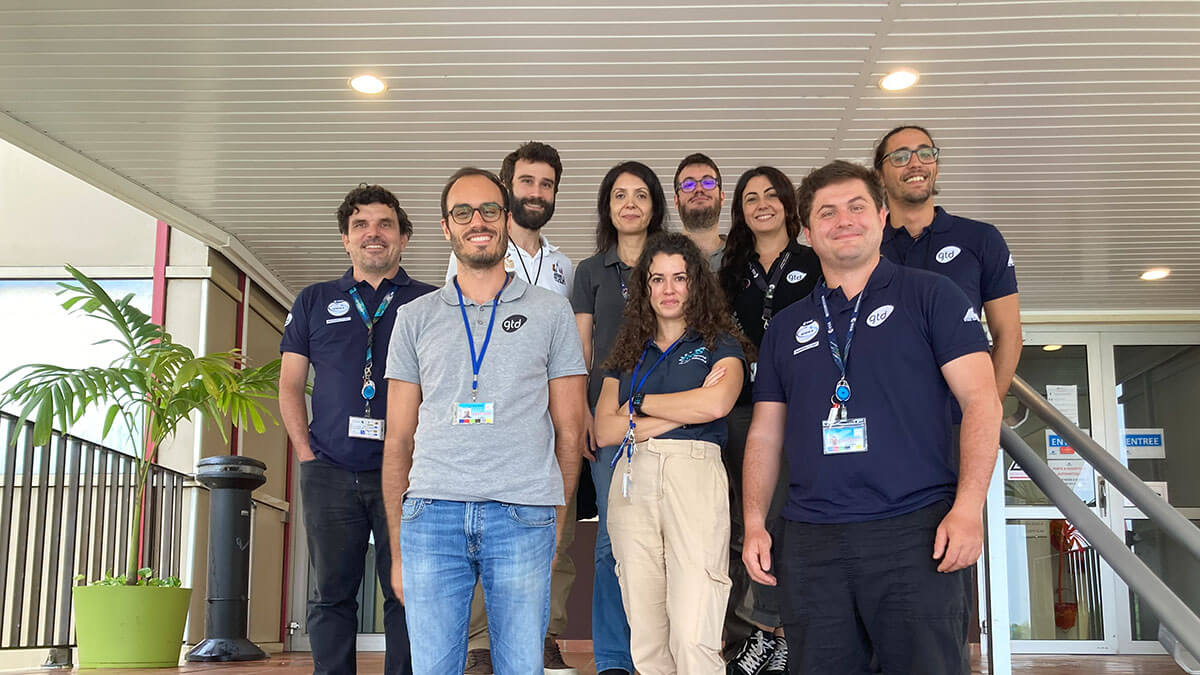
In some cases as prime contractor for ESA and the French Space Agency (CNES), and in others in collaboration with third party companies, "at GTD we have developed the infrastructure management systems for the launch area that has been built for Ariane 6". "This means," he adds, "having conceived the critical computing and the family of control benches that manage the processes of preparing the launcher for take-off".
Bennassar sums it up: "We are responsible for the computer systems that are interconnected with the Ariane 6 from the ground. "On 9 July, all eyes will be on the rocket, but GTD's men and women in French Guiana are the ones who will manage the entire countdown to liftoff until the moment Ariane 6 takes off".


